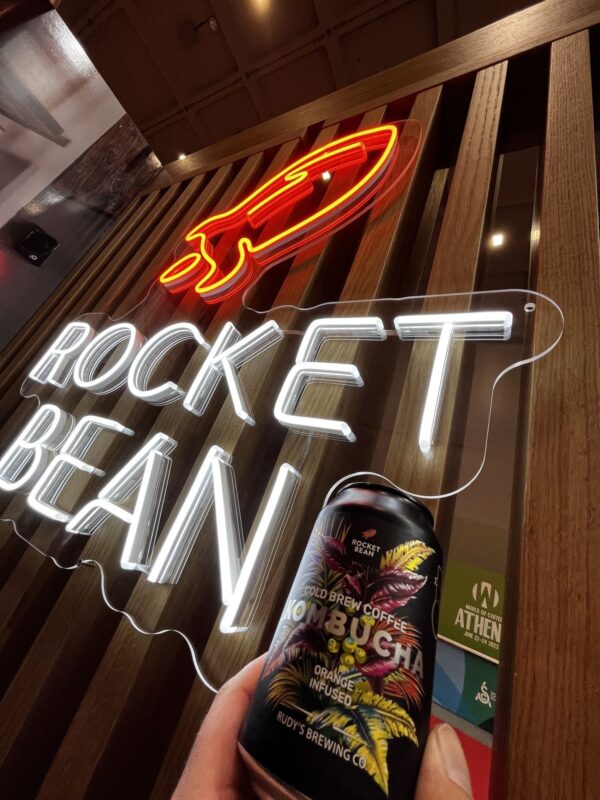Advertising signs have always played a crucial role in attracting customers and shaping a company’s image. For decades, classic glass neon was the symbol of bright city nights. However, in recent years, it has increasingly been replaced by LED neon — a modern alternative that combines aesthetics and technology.
For business owners, the natural question arises: should you choose traditional glass neon or modern LED? Let’s examine the pros and cons of both options and see why more and more companies are opting for LED solutions today.

Classic Glass Neon: Tradition and Aesthetic Appeal
Advantages of glass neon
- Authenticity: True neon emits a soft, lively glow with a unique depth.
- Historical charm: These signs are associated with classic films, retro vibes, and the “golden era” of urban advertising.
- Brightness: Glass neon is highly visible, especially at night.
Disadvantages of glass neon
- Fragility: Glass tubes can easily break during transport or use.
- Safety risks: Neon contains gas and operates under high voltage, increasing the risk of damage.
- High energy consumption: Traditional neon uses several times more electricity than LED alternatives.
- Complex repairs: Any damage requires replacing tubes and often professional servicing.
- Limited design options: Glass is difficult to bend into complex shapes, restricting creative possibilities.
Modern LED Neon: Flexibility and New Opportunities
Advantages of LED neon
- Safety: Made from flexible, durable silicone or PVC, LED neon is shatterproof and non-toxic.
- Energy efficiency: LEDs consume 6–8 times less electricity than glass neon, reducing operating costs.
- Longevity: LED strips can last 50,000+ hours while maintaining brightness.
- Easy maintenance: Individual segments can be replaced without major repairs.
- Design flexibility: LEDs allow any shape, text, or logo with high precision.
- Color versatility: Offers a wide range of colors, including dynamic effects and color-changing options.
- Versatile usage: Suitable for both indoor and outdoor installation in all weather conditions.
- Lightweight: LED signs are significantly lighter, simplifying installation.
Disadvantages of LED neon
- For retro enthusiasts, LEDs may appear “too modern” and less authentic than classic glass.
- Low-quality materials can result in reduced brightness over time, so purchasing from reputable manufacturers is essential.
What Should Businesses Choose?
The comparison shows that while classic glass neon remains a beautiful retro element, LED technology increasingly outperforms it in real-world business settings.
If your priorities include:
- Safety,
- Lower electricity costs,
- Long lifespan,
- Unlimited design possibilities,
- Versatility,
then the choice is clear: LED neon.
It combines the visual appeal of neon with the practicality required for modern business.
Conclusion
Classic glass neon is beautiful but becoming outdated. It works well for creating a special atmosphere or collectible projects, but it’s often impractical for everyday business.
Modern LED neon, on the other hand, is a smart investment: durable, cost-efficient, safe, and offering limitless creative potential. This is why more cafes, bars, shops, and offices are choosing LED signs — a solution that benefits both branding and customer engagement.LED neon is not just light — it’s a tool for business success.